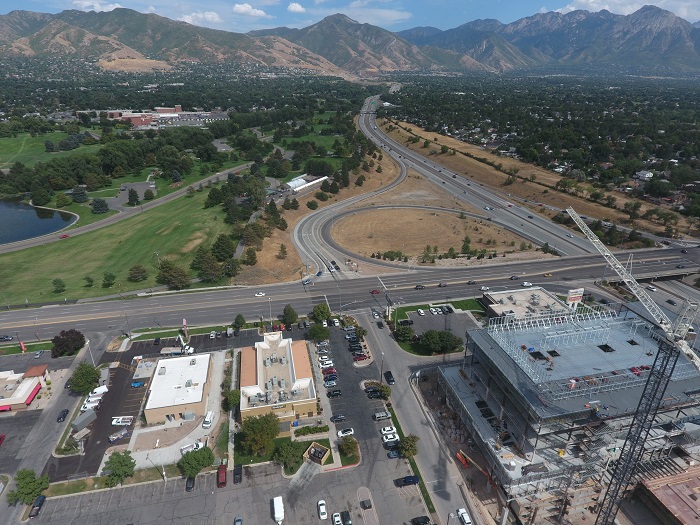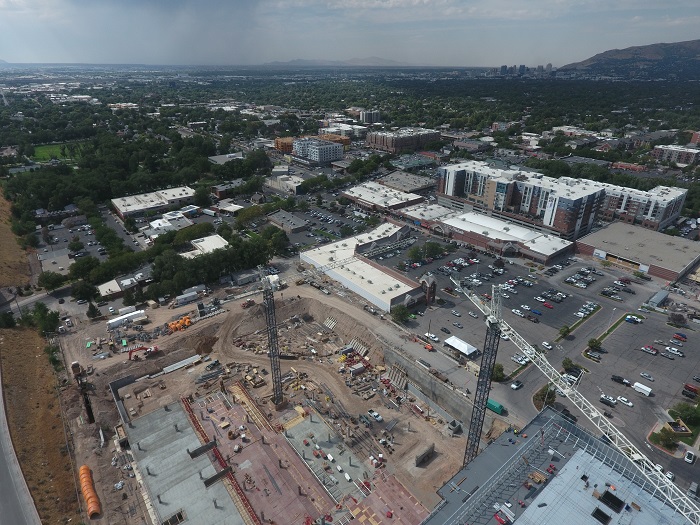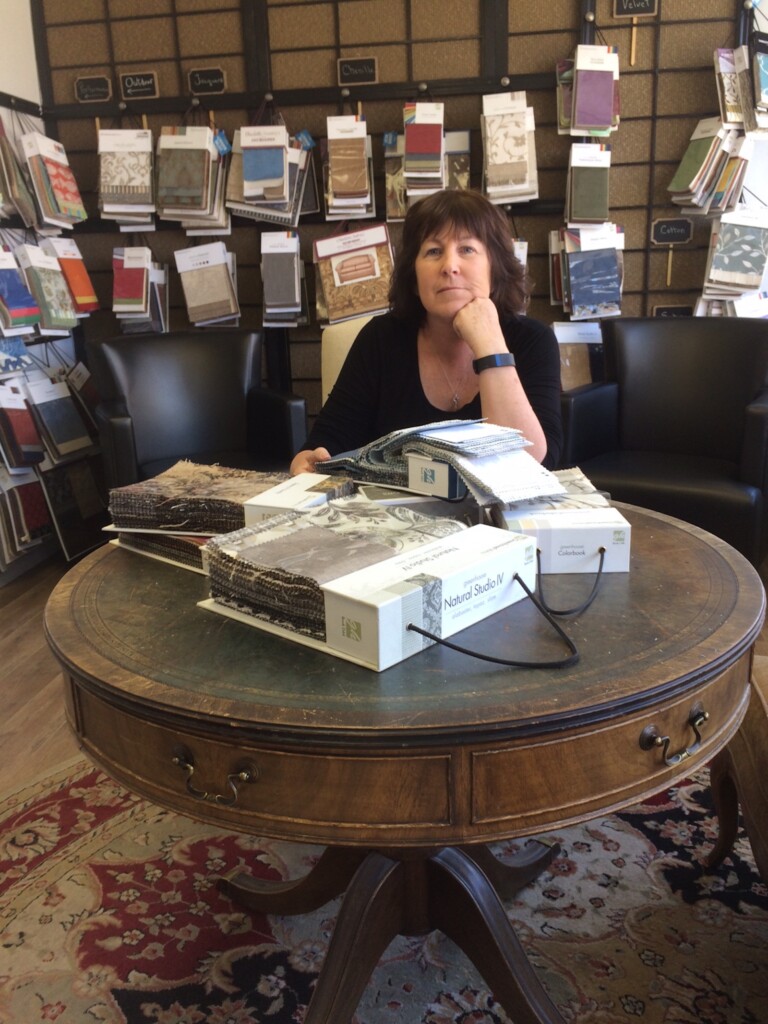Will Impact Fees Help Mitigate Sugar House Development Problems?

Impact fees are one-time charges imposed by a city on new development projects to help fund the cost of providing infrastructure and services to that new development. A project, or portion of a project, must be deemed necessary to ensure the level of service provided in the new development area matches what is currently offered elsewhere in the city. It is important to note that per state law, the City has six years to incur or encumber impact fee revenue from the date of collection. Additionally, if a project is not 100% impact fee eligible (which few tend to be), the City must fund the remaining cost of the project out of the General Fund or transfers to CIP. After six years, if those fees are not spent then the fees are returned to the developer with interest. (from the Salt Lake City Impact Fees Report)
Several years ago, Salt Lake City couldn’t spend the fees that they charged developers for projects in order to mitigate the problems and higher density that the projects had on neighborhoods. The City charged impact fees for police, fire, parks and in certain areas of the City, for transportation (now all impact fees collected include transportation). State law required that impact fees that a city collected from developers be spent within six years of collection. But much of the fees would require matching funds from Salt Lake City’s General Fund and the City did not have the money to match the impact fee’s contribution on those potential projects. So Salt Lake City declared a moratorium on impact fees for almost two years. When the City reinstated the fees, they implemented a charge of $5,732 for a single-family home (a 66% increase). Impact fees for multi-family apartments went up 8% to $3,538. Commercial retail went down 45% per 1000 SqFt to $1,986 ($1650 is for transportation). Offices per 1000 SqFt went down 80% to $2,680 ($429 is used for transportation). And industrial went to $332 from $2610 (mainly affecting the westside of SLC).
Some have said that the moratorium on impact fees led to the 2500 living units that were built in the fiscal year 2016-17. The normal SLC average number of housing units built per year is about 1000 and Salt Lake City is on track to build around that number this year. Due to the reduced building of housing units and the minimal increase in impact fees for apartments, Salt Lake City impact fees collected are planned to be 56.8% lower. Last year, impact fees contributed $7.4 million to CIP funding for projects, many of which were to mitigate greater housing density and traffic to businesses. This fiscal year in Salt Lake City, there will only be about $3.2 million collected from impact fees.
Due to the State law that requires refunding of fees not used within 6 years, refunds to developers this year could be as much as $5 million. In 2021 (6 years after the doubling of housing units built in the year), the refunds could grow to $8 million.
There are several projects in the Sugar House area that are 100% impact fee eligible, including the proposed (location soon to be announced) Eastside SLCPD Station and the soon to be completed Sugar House #3 Fire Station (with room for a ladder truck to reach the new high rises being built). Impact fees will be used to pay off the debt service for the 20 year construction bonds. Park improvements like the Fairmont Dog Park and the Imperial Park shade structure for playground equipment also qualify for 100% impact fee funding, although the Imperial Park Neighborhood group is providing $30,000 towards the $75,000 project to speed up construction.
Unfortunately, there are only a few potential projects involving transportation that could be eligible for impact fee funding. New traffic signals can be 100% impact fee funded but many would object to more traffic signals. Traffic signal upgrades are only 20% impact fee eligible. Interestingly, the S-Line extension, pedestrian improvements and bikeways are 50% eligible while other transit amenities are 75% eligible. The proposed S-Line extension up 1100 East would cost over $100 million so the City would have to come up with $50 million to have it built. In my opinion, most taxpayers and residents and businesses in the Sugar House area would rather spend that kind of money on other projects. In addition, any projects, transportation or otherwise do not include maintenance costs which is overwhelming Salt Lake City’s General Fund.
The only projects that would be contributing impact fee funding are the new hotel on Wilmington, the proposed Dixon building apartments and offices on Highland and Wilmington and the Fairmont apartments and offices on McClelland and Elm. The minimal transportation impact fees from those buildings provide less than a million to fund neighborhood improvements. And the City plans to use $1 million in impact fees to help pay for the $10 million 1300 East reconstruction.

There is a potential impact fees funded project that is starting to gain traction in Sugar House. Former Councilman Soren Simonsen has recommended a shared street concept for McClelland Street from 2100 South to Elm Avenue (2150 South). It would be a continuation of the McClelland Trail and allow bicycles, pedestrians and vehicles to share the street and keep parking by making the street one way.
Although Sugar House is experiencing supergentrification, Utah law limits the ways that impact fees can be charged and spent and those limits impact the ability of the City to mitigate the problems that come with higher density and development. Hopefully, the community will continue to push to keep the Sugar House neighborhood walkable and a friendly environment while it grows.



